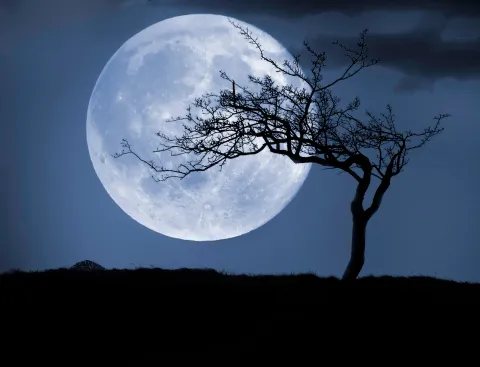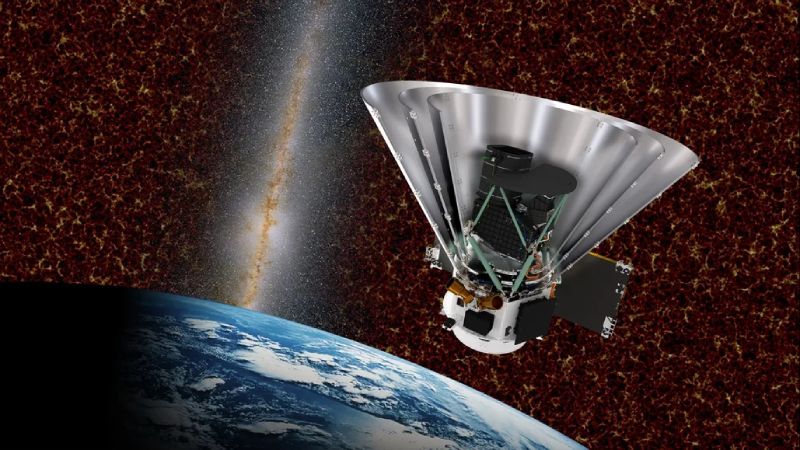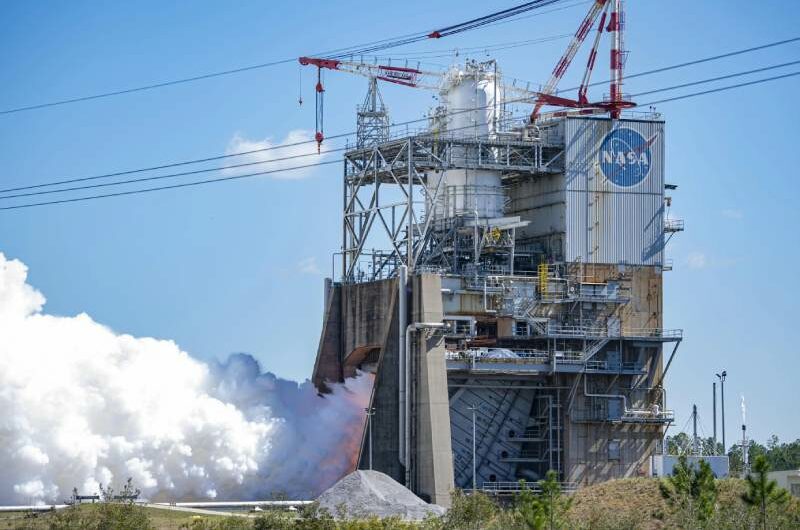Wednesday night will see the appearance of the Wolf Moon, the first full moon of the year, which will peak on Thursday.
NASA reports that on Thursday at 12:54 p.m. ET, the full moon in January will be at its brightest. It will appear to be a full moon until Friday at around midnight. For each ZIP code in the US, The Old Farmer’s Almanac provides the exact moonrise time.
According to NASA, all you need to do is step outside and glance up at the sky in order to see the full moon. No special equipment is required. The moon can be magnified with binoculars or a telescope to make its surface more visible. For specific details on the level of clarity of the night sky, consult your local forecast.
In their skywatching guide for the month, NASA advised, “Make sure you are ready for the cold weather and take advantage of these early sunsets to enjoy and share the wonders of the night sky.”
What is the origin of the name “January full moon”?
Seasons, past crop yields, and animal behavior are the sources of full moon names. The Old Farmer’s Almanac states that wolves were frequently heard howling in January, which is thought to be the origin of the full moon name for this month, Wolf Moon.
Since it coincides with the approximate middle of the cold season, January’s full moon is also referred to as the Center Moon. The full moon in January is sometimes referred to as the Cold Moon, Frost Exploding Moon, Freeze Up Moon, Severe Moon, or Hard Moon.
Peak illumination will occur on February 24, the day of next month’s full moon, known as the Snow Moon. Next, which peaks on March 25, is the Worm Moon.
Topics #Full Moon #NASA #Night Sky #Wolf Moon











